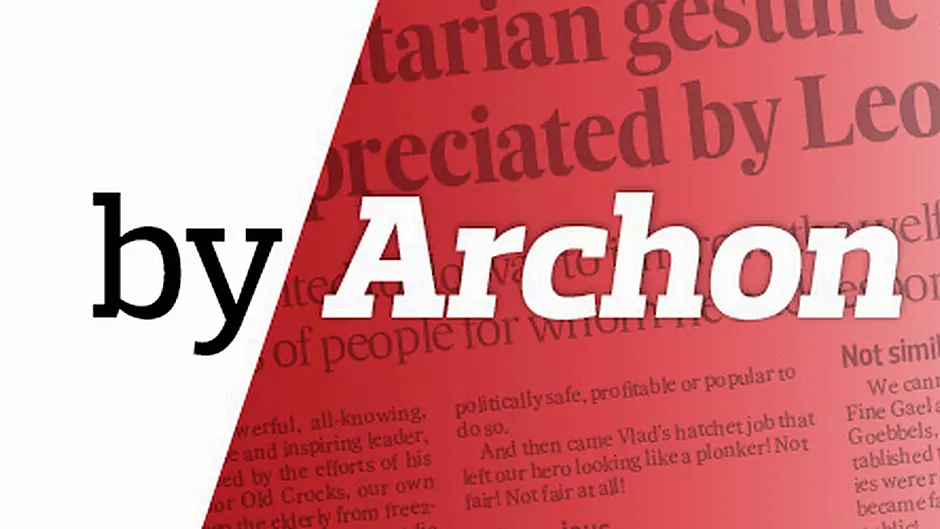Boxing may be violent but it is in the halfpenny place compared to State-sponsored violence
‘BOXING,’ said Joe Frazier, ‘is the only sport you can get your brain shook, your money took and your name in the undertaker’s book.’ Or, to put it another way, boxing is nothing more than show business with blood.
Then, there’s the hostility from doctors. They denounce boxing as nothing more than a savagely cruel activity the objective of which is to mash the opponent’s brain by blows to the head and to render him/her unconscious by means of a ‘knock out’ punch.
With some justification, the fistfight-loathing brigade want to see a global ban on boxing! They describe it as barbaric, vile, dangerous and having no place in the civilised world. In response, supporters of the noble art admit that yes, it is violent, but in the halfpenny place compared to State-sponsored violence, such as that practised by the American government!
What’s more, unlike modern warfare, boxing has rules that date back to Greek and Roman times, which were in place even in the days of the bare-knuckle boxing matches of the 18th century (described in blood curdling detail by essayist William Hazlitt).
Although Cassius Clay poetically described boxing as an ecstatic experience – ‘floating like a butterfly and stinging like a bee’ – there certainly are links to the brutal traditions of gladiatorial fights. Boxers win by inflicting lacerations to the liver of the opponent, rupturing the spleen, splintering the diaphragm, breaking limbs, and causing serious eye injuries.
And whereas the argument in defence of male professional boxers whacking each other to a pulp is simple to understand – money – the case that’s currently made when members of the ‘fairer sex’ do the same is more ingenious.
Empowering
It goes like this: fist-fighting enables girls to become proficient in self-defence skills and this is an ‘empowering’ experience. Girls enjoy boxing as a contact sport in much the same way as they like hockey, camogie, football and rugby, which can be as physically-aggressive as boxing.
What’s more, nobody is forced to box or watch a fight. Girls participate of their own free will; and, with regard to injuries, boxing is no more dangerous for women than it is for men.
So, how do girls get into boxing? Schools do not encourage it but major support for female boxing seems to have its origins in working class boxing families, others come to the sport through martial arts and health clubs.
The equality thing also plays a part. The argument is made that women should have the same rights as men with regard to boxing, just as they have identical rights to education and to the vote. Women have a legal entitlement to fight and, importantly, the sport must not be used to de-feminise or de-sexualise females.
On the other hand, men feel uncomfortable seeing women fight like devils and at the fact that the employment of brute strength, raw force and violence, is no longer the preserve of masculinity or of a man’s psychological configuration. Female boxing, they complain, is turning the noble art of self-defence into a sort of freaky sex show or worse, a catfight.
Traditionally, women were perceived as the gentler sex, compassionate and content in making a home and caring for children; which might explain why the notion has not yet entirely disappeared that it is ‘unladylike’ for respectable women to punch the lard out of other women.
A dangerous sport?
Worse still, for the now obsolete macho-man, brow-beaten and confined to kitchen chores, female-boxing is a step backwards for civilisation!
Is it dangerous? Naturally, the fans loudly contend that the sport is well controlled. Ladies must wear force-absorbent protective headgear, large gloves, protective chest plates, crotch protectors, mouth guards, and protective hand bandages – which, however, will not save them from scars, broken noses and disfigured faces.
But, for many girls, the scariest warnings are those that involve the risk of trauma to the breast which, according to the medics, can cause a condition called fat necrosis where part of the tissue dies and becomes a hard lump. Fat necrosis is non-cancerous but can conceal diagnosis of a more serious condition.
Even a direct blow to the breast can cause a contusion (bleeding within the muscle or breast) and nipple problems.
US doctors have no reservations in condemning female boxing as little more than physical assault that would be illegal in any other context. The American Medical Association, the American Academy of Neurology and the American Academy of Paediatrics want it abolished, warning that, at the professional level, women boxers may be at greater risk of fatal injuries than men!
Hazlitt’s fight
The most famous piece of writing about boxing is Hazlitt’s description of a fight that took place on December 11th, 1821 between Bill Neate and Tom Hickman. Back then, a contest ended when one of the combatants was unable to continue.
Here’s a taster of what happened after one of the contestants was knocked for six: ‘Hickman got up and grinned horribly a ghastly smile; all one side of his face was perfect scarlet and his right eye was closed in dingy blackness, as he advanced to the fight, less confident but still determined … His strength had been weakened – he was obliged to fling himself at his adversary as he flew at him with his right hand.
‘Neate warded the blow, or drew back out of its reach, and felled him with the return of his left. The fight was a good stand-up fight … but to see two men smashed to the ground, smeared with gore, stunned, senseless, the breath beaten out of their bodies; and then, before you recover from the shock, to see them rise up with new strength and courage, and rush up upon each other – this is the most astonishing thing of all: this is the high and heroic state of man.
‘Neate just then made a tremendous lunge at Hickman, and hit him full in the face. It was doubtful whether he would fall backwards or forwards; he hung suspended for a minute or two, and then fell back, throwing his hands in the air, and with his face lifted up to the sky.
‘I never saw anything more terrific than his aspect just before he fell. All traces of life, of natural expression, were gone from him.
‘His face was like a human skull, a death’s head spouting blood. The eyes were filled with blood, the nose streamed with blood, the mouth gaped blood. He was not like an actual man, but like a preternatural, spectral appearance, or like one of the figures in Dante’s Inferno.
‘Yet he fought on after this for several rounds … and it was not until his senses forsook him that the battle was declared over.’
And that, folks, is boxing!








